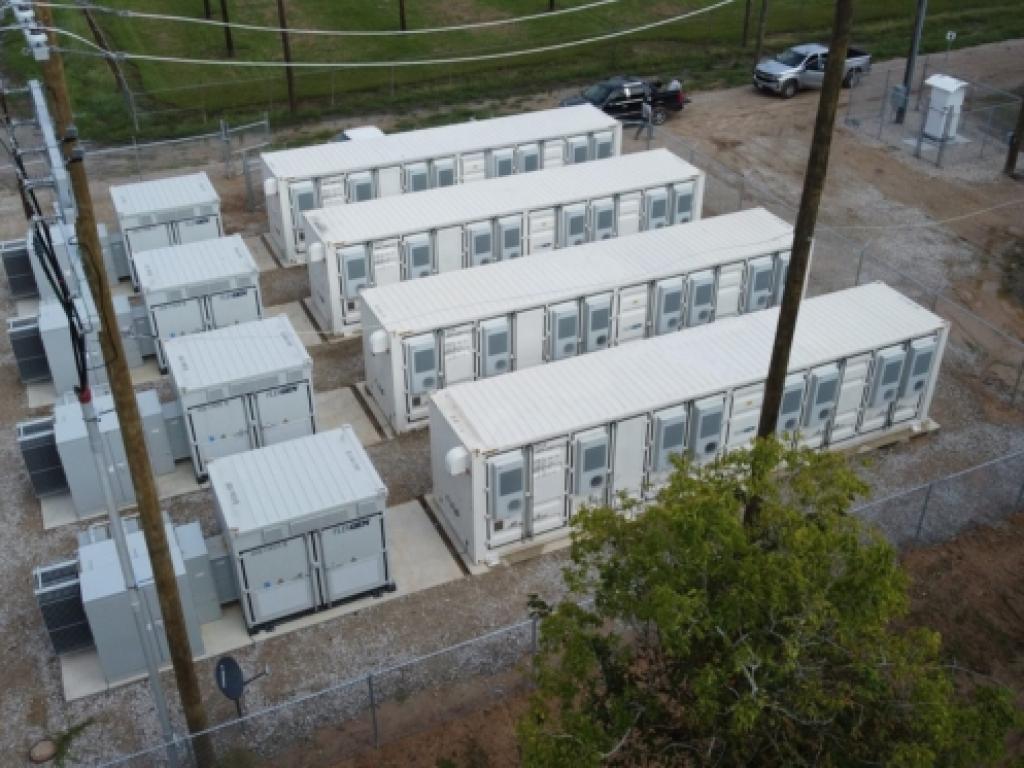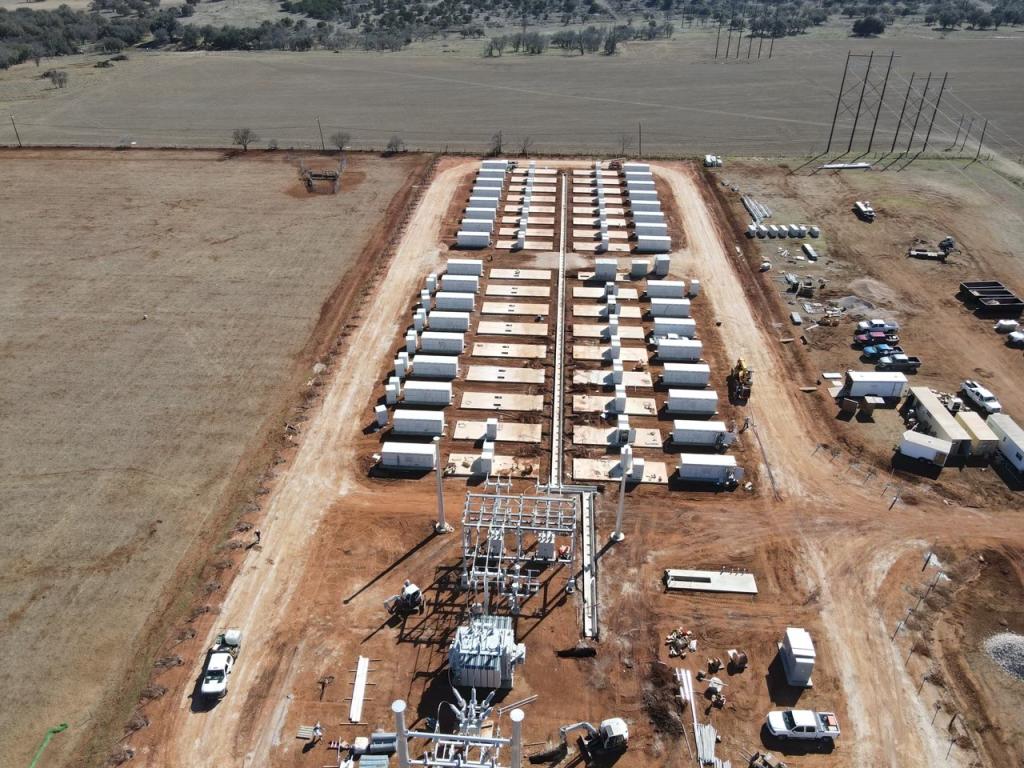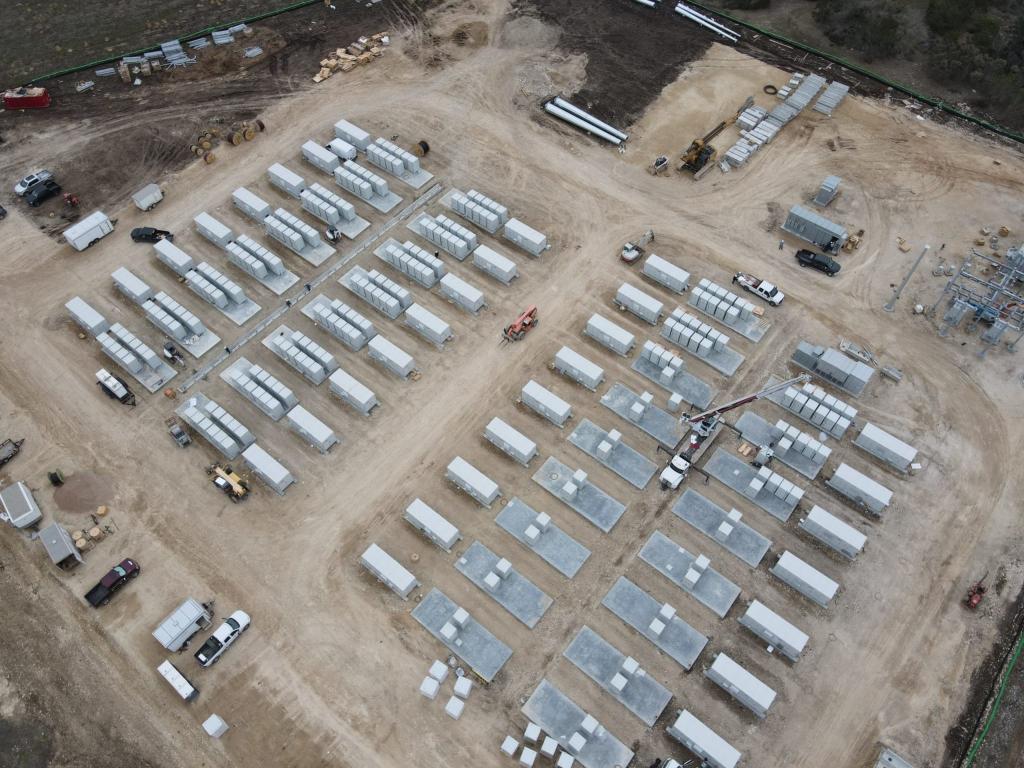Energy Storage Operating System
In response to economic and operational challenges, there is a prevailing tendency within the industry to enhance or modify the EMS. Making the decision to retrofit the EMS carries significant weight, hence it is vital to meticulously plan the sequence of retrofitting actions. Approximately 20% of the deal flow that FlexGen handles consists of retrofits.
Anticipated advancements in utility-scale Battery Energy Storage Systems (BESS), which presently represent the majority of new capacity each year, are projected to witness a rapid growth rate of approximately 29 percent annually until the end of this decade. This trajectory positions utility-scale BESS as the fastest-growing segment among the three. Projections indicate that by 2030, annual utility-scale BESS installations could range from 450 to 620 gigawatt-hours (GWh), potentially securing up to a 90 percent market share of the total industry during that period (Exhibit 2).
In the subsequent section of the C&I sector, there exists critical infrastructure comprising telecommunication towers, data centers, and hospitals. Within this specific subset, temporary backup power is typically facilitated by lead-acid batteries through an uninterruptible power supply during instances of outages until the resumption of regular power or activation of diesel generators. Alongside the substitution of lead-acid batteries, lithium-ion BESS products offer a potential solution to reduce dependence on diesel generators, which are less eco-friendly. These products can be seamlessly integrated with sustainable energy sources like rooftop solar. Moreover, in specific instances, surplus energy stored in a battery could enable organizations to generate income through grid services. A number of telecommunications companies and proprietors of data centers are currently transitioning to BESS (Battery Energy Storage Systems) for their uninterrupted power supply needs, recognizing the added advantages that BESS offers.


